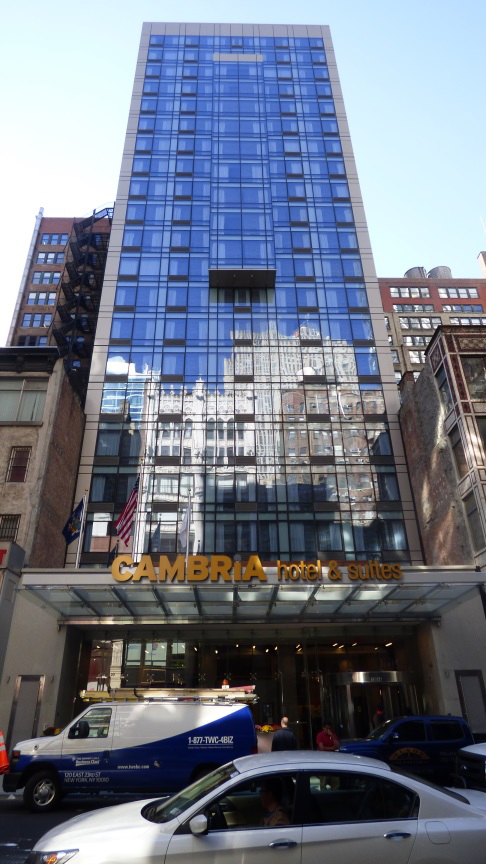News:
Green Buildings
Posted: March 25, 2013
Simple energy and cost saving tips
So you have invested in new or upgraded boilers to provide heat and hot water and generators for electricity. How are they performing? Are they wasting (expensive) fuel? An indicator of how well your burners are performing is the concentration of oxygen and carbon monoxide in the exhaust. While such monitoring is often required in Title V air permits, even if you are not required to monitor, it is in your self-interest to do so.
A monitoring system to measure the temperature inside the burner and O2 and CO off the burner can reveal much about your unit's efficiency, as well as environmental performance. O2 is required to combust fuel. Too little means not all of the fuel can combust and you are not producing the most heat out of your system; too much O2 means it is not burning efficiently. Like low O2, high CO also indicates that the fuel is not adequately combusted to release its heat. Levels of either outside the manufacturer's recommended range indicate that fuel-saving adjustments may be needed to be more efficient. Burner temperature is also important. Too low a temperature means combustion is incomplete; too high a temperature indicates potential excess NOx emissions. There is a range of temperature, O2, and CO to operate your equipment efficiently, saving you fuel. Without monitoring, the need for such cost-saving adjustments would not be known. Burner efficiency can be optimized through a monitoring system which analyzes the flue gas and either automatically makes the proper system changes that are programmed in to its software or (more often) alerts the operator to potential (out of range) problems who can assess and make adjustments.
Perhaps a key word in all of this is "system." When buying such equipment, you are not just buying an instrument to measure temperature and O2/CO levels, but also the proper software to store and display data and to highlight results outside of proper operational ranges. Another feature is training. Make sure your staff understands how to use and maintain the monitoring equipment and what adjustments need be made for out-of-range determinations. Skimping on these features may result in wasted opportunities to keep your combustion equipment operating optimally and, therefore, in excess fuel combustion and/or sub-optimal heating performance of your equipment.
CCES engineers can help your company assess your combustion equipment and recommend measures to improve its combustion efficiency, likely to pay back that investment in energy cost savings. We can also work with you to recommend the right monitoring equipment and manage installation and training. And we can help assess any environmental/air emission compliance concern, too. Give us a call today.
Marc Karell, P.E., CEM, is the president of Climate Change & Environmental Services, LLC, Mamaroneck, N.Y.
Tags:
Green Buildings
MORE FROM Green Buildings
IREON Insights: DURA Architectural Signage manufactures and delivers over one million signs
Long Island City, NY Since its founding in 1955, IREON member DURA Architectural Signage has proudly manufactured and delivered more than one million signs to clients across a wide range of industries. From architectural interior signage to large-scale exterior installations, their work can be seen in corporate








.gif)

.gif)
.jpg)
.gif)